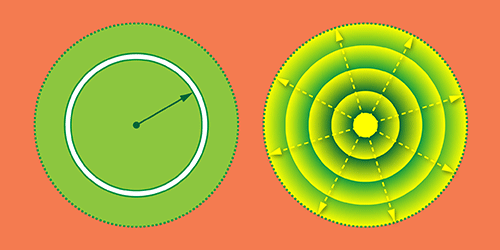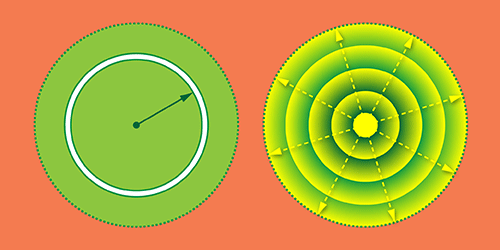Entangling the Radial Parts of Photons
Photons have been entangled through most of their obvious physical properties, such as polarization, position and momentum, and even angular momentum. Now, Lixiang Chen, at Xiamen University, China, and colleagues demonstrate entanglement via two new properties of photons with a specific cross-sectional structure. The researchers produced pairs of entangled photons with well-defined “radial position” and “radial momentum,” meaning each photon’s wave function is localized at a certain radius and moves radially inwards or outwards with a certain momentum. Measurements made at a pair of detectors showed that the positions and momenta of the photons were correlated. The observations indicate that a photon’s radial components may be useful for various applications, such as quantum cryptography and optical micromanipulation.
The researchers fired a laser into a crystal, producing pairs of entangled structured photons with a method known as spontaneous parametric down-conversion. The photons in each pair were separated and sent into spatial light modulators (SLMs) along different arms of the experiment. The SLMs could function either as ring-shaped apertures (admitting only photons with a certain radial position) or diffraction gratings (transmitting only photons with a specific radial momentum). Using single-photon counters at the ends of the arms, the researchers demonstrated a degree of correlation between the two photons that could only be explained if the photons’ radial position and radial momentum were both entangled.
The researchers say that a photon’s radial properties could be harnessed with other entangled variables to improve the security of certain quantum communication schemes. Their method of selecting photons with a certain radial momentum might also be used to direct particles held by optical tweezers.
This research is published in Physical Review Letters.
–Marric Stephens
Marric Stephens is a freelance science writer based in Bristol, UK.





